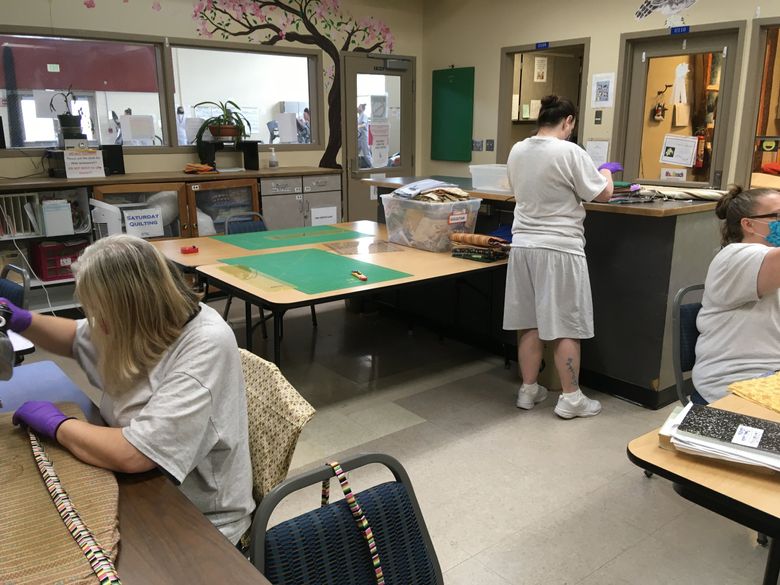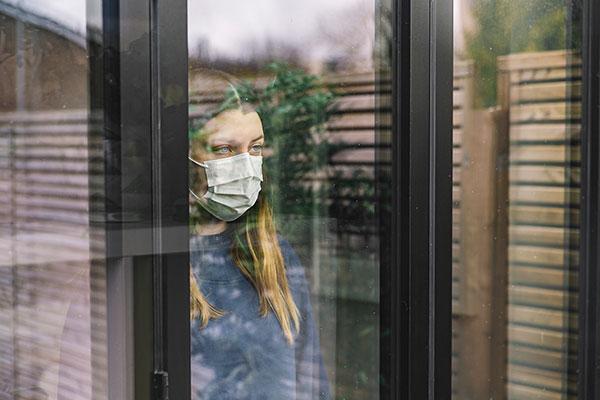
Excellent and informative article in Safewise.com written by lead safety reporter and in-house expert gives us updates on the latest crime statistics and trends in the major cities throughout the Coronavirus pandemic.
The gist?
“It depends on who you ask. From a research standpoint, it’s difficult to make a sweeping assumption—even after six months of living in a COVID-19 world. But there are consistent signs across the country that certain crimes have seen jumps during the global pandemic. The biggest increases have been in violent crimes, particularly murder, aggravated assault, and shooting incidents.” ~Rebecca Edwards, Lead Safety Reporter, Safewise.com
Edwards gives the statistics in violent crime and trends during the pandemic:
- Preliminary FBI data for the first six months of 2020 shows murder and non-negligent homicide as up nearly 15% compared to the same time period last year.
- A report by the Council on Criminal Justice (CCJ) paints an even more dire picture—showing a 53% jump in homicides in 27 major US cities this summer, compared to the last.
- FBI data also shows a 4.6% jump in aggravated assaults between January and June 2020, versus the same period in 2019.
- Aggravated assault rose 14% summer over summer, according to the CCJ analysis.
- Gun violence has been relentless for much of 2020, particularly in major cities like Chicago, New York City, and Philadelphia.
- As of September 28, the Gun Violence Archive (GVA) has recorded 13,641 homicides, murders, and unintentional gun-related deaths for 2020. That’s almost 90% of the total recorded for all of 2019.
“It’s not all bad news, though,” reports Edwards. “There are plenty of other crimes that have dropped dramatically amid stay at home orders, physical distancing, and other pandemic conditions.” She gives us the following data:
- Counts of rape have dropped, according to FBI data—falling almost 18% year over year.
- Robberies have also been on the decline, dropping 7% for the first half of 2020.
- Overall, property crimes have been on a downward trajectory this year.
- According to a preliminary FBI report, property crime saw an 8% decrease nationwide between January and June 2020, compared to the same timeframe last year.
- The FBI shows burglaries down across the board by nearly 8% year over year, although cities like Seattle and San Francisco have seen drastic increases.
- Larceny thefts also dropped by nearly 10% in the first half of 2020, according to FBI data.
- Car thefts and break-ins have been on the rise during the pandemic. The FBI shows a 6% climb in vehicle thefts between January and June 2020, compared to the same time in 2019.
- Cities like Los Angeles, Denver, and Scarsdale, New York have broken records for the number of cars stolen so far in 2020.
- The FBI also reports a drastic jump of 19% in arson offenses nationwide. The majority (52%) of that increase came from cities with more than one million residents.
Edwards also gives statistics on Washington State:
- Seattle had 32 more burglaries per 100,000 people between March 16 and April 12, compared to the same time period last year.
- One Seattle precinct saw an 87% jump in burglaries in March, as businesses shuttered due to the pandemic. Overall, the city has seen 21% more burglaries.













